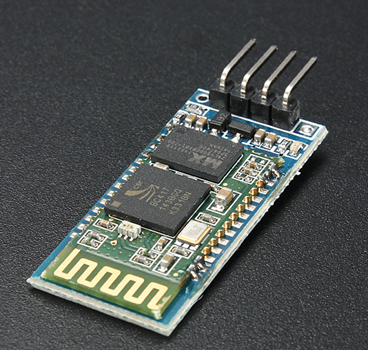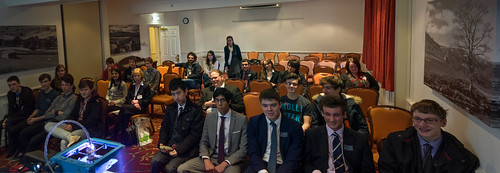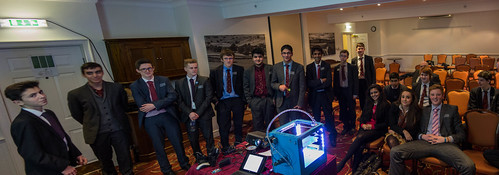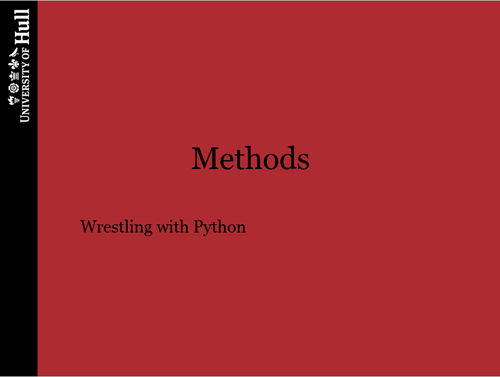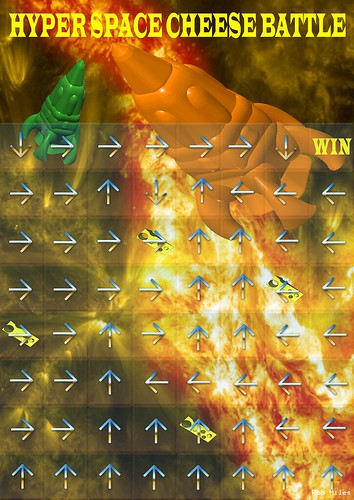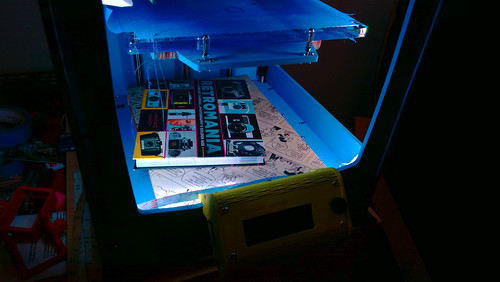Micro-Talks and Mega-Bash. And Werewolves
/We tried a few new things this year for the Christmas Bash. Firstly we had some micro-talks (thanks to Microsoft for the prizes – above) from students and staff about things they are working on. Danny Brown started with a talk about contributing to Open Source software, then we had talks about app development for Vulcan Bombers, augmented reality that puts meaning into the countryside and why you should all sign up for Hull Global Gamejam next year. I did an abridged version of my talk about hardware for C4DI which seemed to go OK. At least, the hardware worked….
Then we played Werewolf. Which I’d never done before. With a group of over 30 villagers. And four werewolves. In Lecture Theatre C. It was hilarious. I was the moderator.
I discovered two things very quickly. First thing: I found out who the werewolves were at the start of the game. Second thing: being a moderator is surprisingly hard work. Especially if you keep mistaking werewolves for vampires and asking people who had just been killed by the werewolves if they were a werewolf or not. As if.
I’d taken what I thought was the sensible decision of simplifying the game for the first run by removing some of the character cards. Turns out this was a really bad move, because it made it much harder for the villagers to discover what was going on and react to the nightly attacks. By the end we were down to one villager and one werewolf, with the inevitable and, for the villagers, unhappy outcome.
But a lot of fun was had along the way, with a break for pizza and mince pies in the middle.
There are at least two werewolves in this picture. Can you spot them? (and yes, they do show up on pictures. You are thinking of vampires, which is what I was doing a lot as well…)
Of course we had the bumper wordsearch. Once Adam reminded me to go and get it One of my abiding memories of the event is watching people put down their controllers for the latest generation games console and pick up pens to have a go searching through the letters. (You can have a go here too if you like.)
We even had a winner who wasn’t Simon. so we asked him to present the prize.
There was much boasting with “Braggart”, although I didn’t quite manage to win.
Folks really seemed to appreciate the paper based stuff. I think next semester we will supplement the Team Fortress games afternoons with Werewolf sessions and board games.


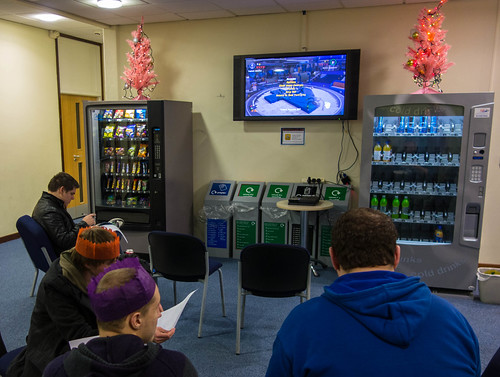
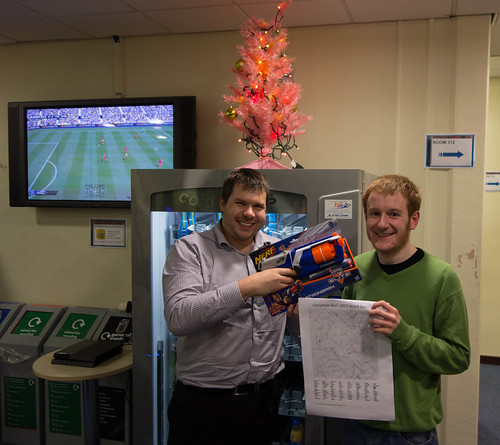
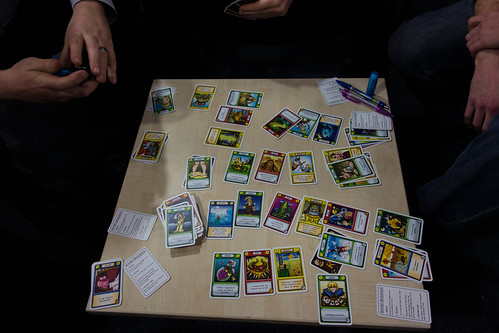
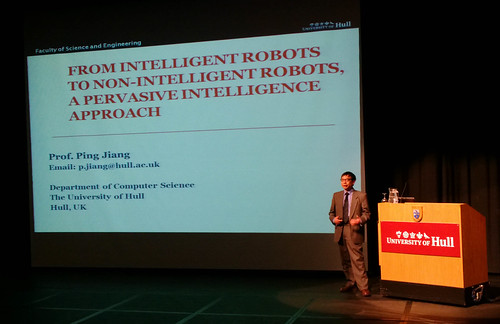
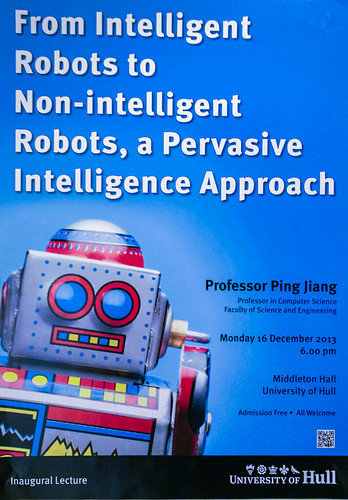
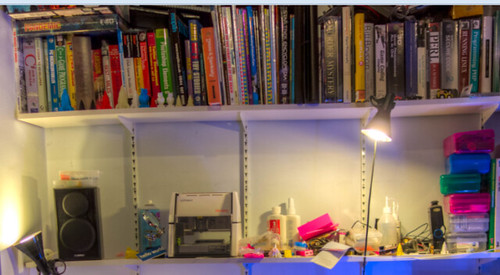


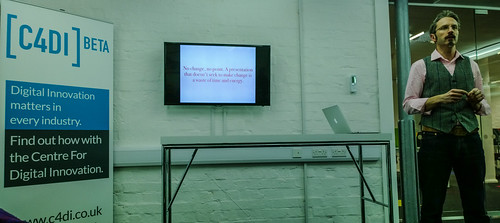




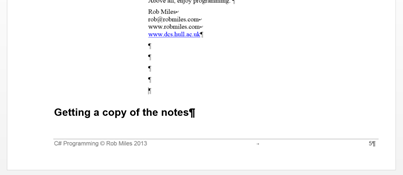


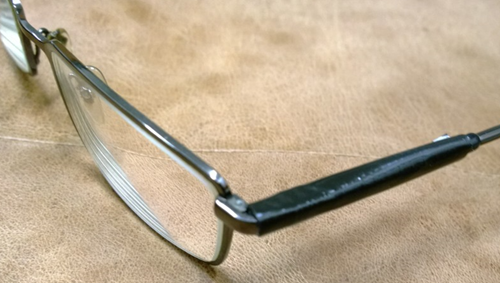
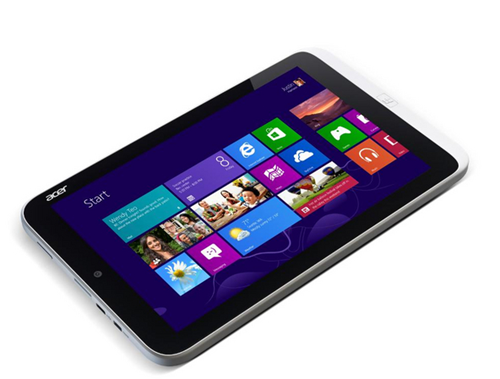
![image_thumb[2] image_thumb[2]](https://static.squarespace.com/static/5019271be4b0807297e8f404/52c5bcfce4b0c4bcc9121347/52c5bd05e4b0c4bcc9123ee2/1386583485012/Windows-Live-Writer-Final-Tags-of-Fun-Lecture-of-2013_8DA8-)
